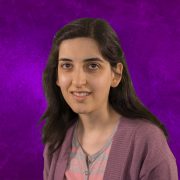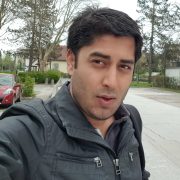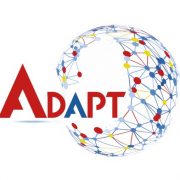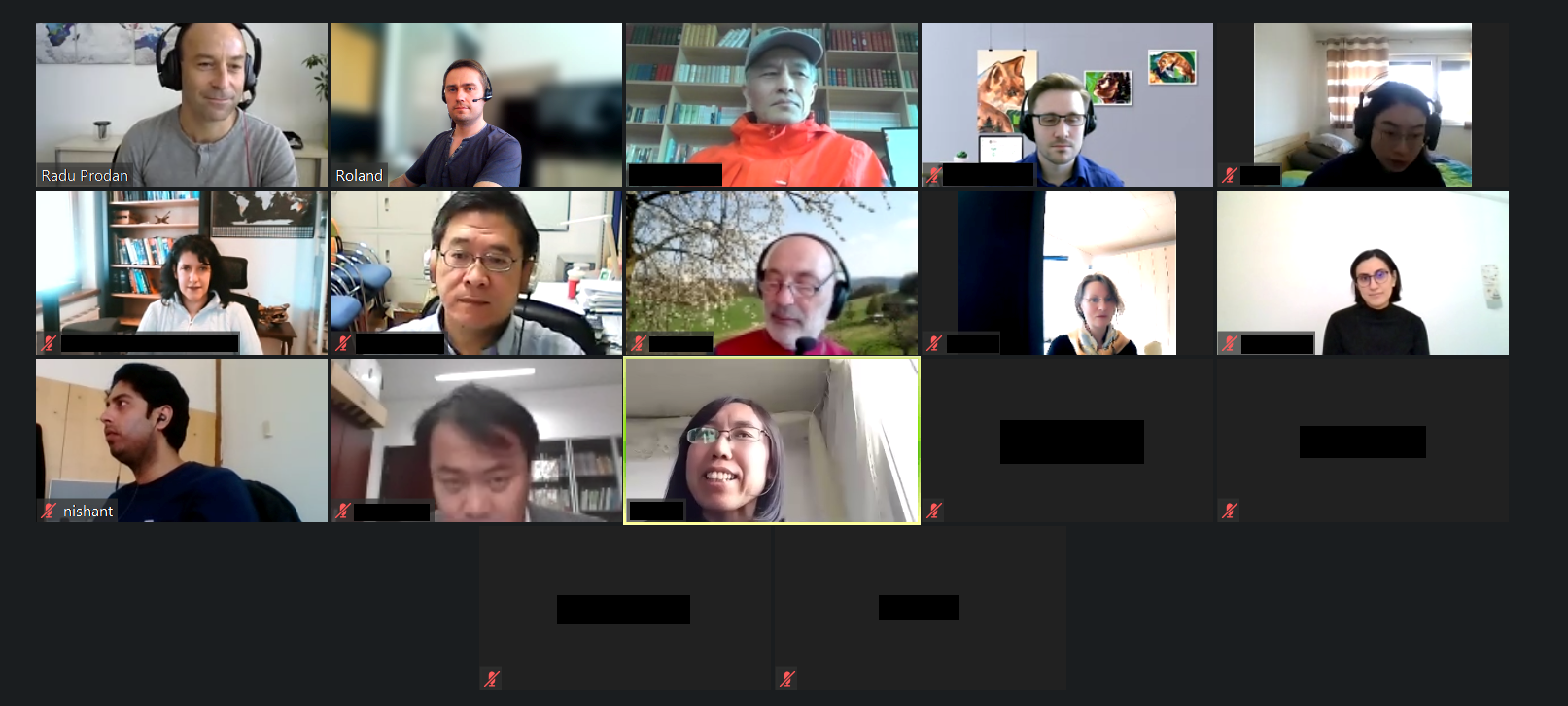At IEEE International Conference on Image Processing (ICIP) on September 19-22, 2021, Alaska, USA.
Authors: Vignesh V Menon (Alpen-Adria-Universität Klagenfurt), Hadi Amirpour (Alpen-Adria-Universität Klagenfurt), Mohammad Ghanbari (School of Computer Science and Electronic Engineering, University of Essex, Colchester, UK), and Christian Timmerer (Alpen-Adria-Universität Klagenfurt).
Abstract: Video delivery over the Internet has been becoming a commodity in recent years, owing to the widespread use of DASH. The DASH specification defines a hierarchical data model for Media Presentation Descriptions (MPDs) in terms of segments. This paper focuses on segmenting video into multiple shots for encoding in VoD HAS applications.
This paper proposes a novel DCT feature-based shot detection and successive elimination algorithm for shot detection algorithm and benchmark the algorithm against the default shot detection algorithm of the x265 implementation of the HEVC standard. Our experimental results demonstrate that the proposed feature-based pre-processor has a recall rate of 25% and an F-measure of 20% greater than the benchmark algorithm for shot detection.
Keywords: HTTP Adaptive Streaming, Video-on-Demand, Shot detection, multi-shot encoding.








